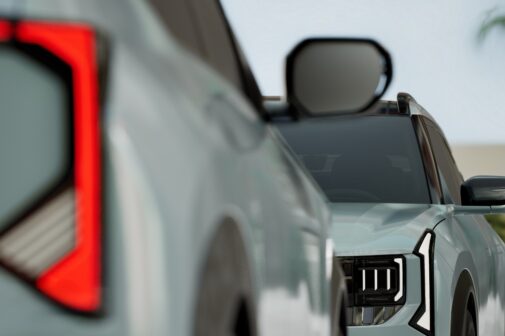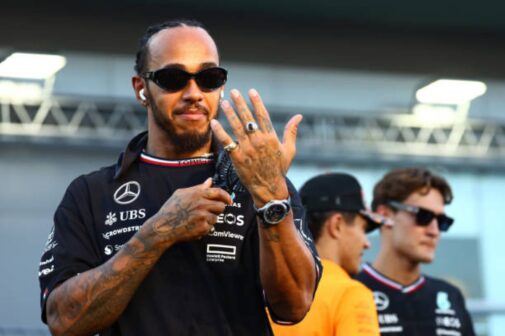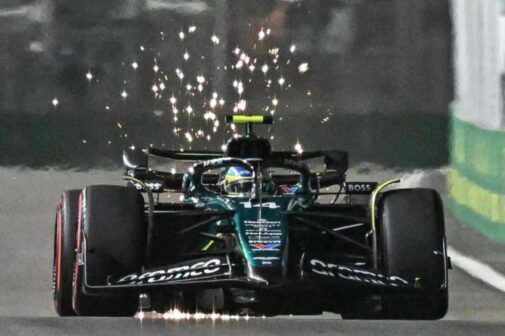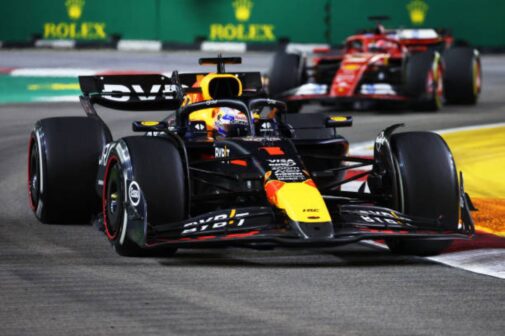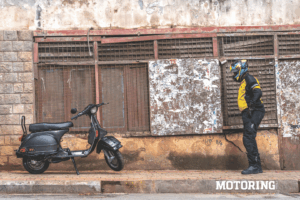The Formula One Singapore Grand Prix this year wasn’t particularly thrilling. Everything went according to plan—perhaps too much so. It was one of those rare occasions where predictability felt less welcome. Despite that, the race highlighted something that might continue for the foreseeable future.
It began when my girlfriend, a few drinks in, asked why was the Orange car suddenly dominating.
She’s not usually one for motor talk. Hayabusa turbos and Kawasaki H2Rs usually tune her out. Yet, she’s taken an interest in Formula One this season, much like I have been enjoying her world of business, finance, and marketing.
Her question got me thinking. When was the last time we linked McLaren with dominance? Decades? Yes, it has been a decade since Mercedes, Ferrari, and Red Bull ruled the track. Now, though, there’s been a shift.
Right from the practice sessions, McLaren’s Oscar Piastri and Lando Norris showed remarkable pace. They reminded many of Mercedes’s peak days when their rivals struggled even to catch their slipstream. McLaren’s new aerodynamic package, which has transformed the car into a metaphorical intercontinental missile, certainly helped. But that’s a topic for another day.
Norris had one of the easiest races of his career. Although he brushed the wall a couple of times, any potential drama quickly disappeared. He crossed the finish line 21 seconds ahead of Max Verstappen, who has looked uncomfortable lately, unable to match McLaren’s pace.
Oscar Piastri started in fifth and delivered a stunning drive to secure third place. His strategy of staying out longer in the first stint worked perfectly. It allowed him to overtake George Russell of Mercedes and Ferrari’s Charles Leclerc, although Leclerc couldn’t quite catch Russell before the end.
Lewis Hamilton had a rough day, finishing sixth, 85 seconds behind Norris. Carlos Sainz took seventh, while Aston Martin’s Fernando Alonso and Haas’s Nico Hulkenberg secured eighth and ninth, respectively.
Sergio Perez delivered another disappointing performance, just scraping into the top ten. Franco Colapinto, meanwhile, impressed again, finishing 11th. Yuki Tsunoda, Esteban Ocon, and Lance Stroll filled the next spots. Zhou Guanyu and Valtteri Bottas brought their Saubers home on the 15th and 16th.
Further down, Pierre Gasly finished 17th after a difficult race. Daniel Ricciardo took 18th but managed to set the fastest lap. Williams’s Alex Albon and Haas’s Kevin Magnussen both retired due to mechanical issues.
As we walked to the bike, my girlfriend’s question lingered: why is Red Bull struggling? I started the Harley, feeling the rumble beneath us, but my thoughts were still on the race.
Red Bull – untouchable! That’s how it was! And Now found itself chasing a McLaren? Yes, in a sport built on precision and dominance, things can change fast.
Perhaps it’s a reminder that no team stays on top forever. Or maybe it reflects the nature of competition itself—where unpredictability is the only certainty. As we rode off into the night, I couldn’t shake the feeling that this season could be a turning point. Not just for McLaren, but for the entire grid.









